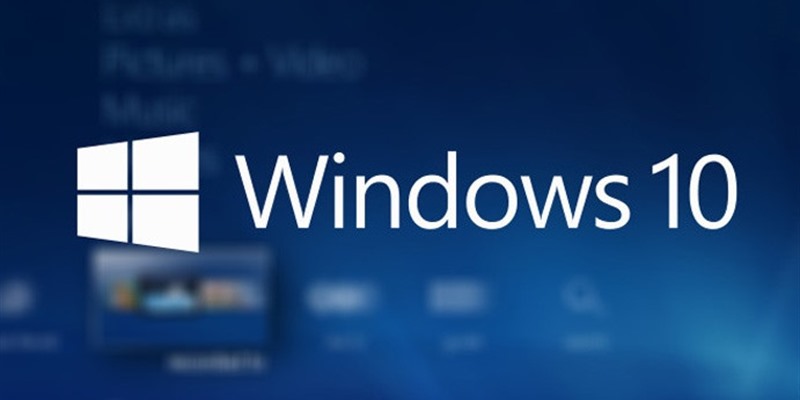While the process may seem daunting, it’s actually past time that you upgrade all the endpoints in your IT environment to Windows 10. It’s true that Windows 8 remains a popular OS in homes and businesses around the globe, but the world has changed quite a bit since its release in 2012. Cyberattackers, malware and viruses have increased in both number and sophistication. More organizations must meet stricter compliance regulations — sometimes even Windows 10 mandates. And ever-tightening budgets demand more cohesive and centralized management.
Guess what? Windows 10 was actually designed with all of these modern issues in mind.
Perhaps you’ve heard that upgrading to Windows 10 is not a straightforward process. There are five critical — and potentially cumbersome — migration activities that every organization should step through during an upgrade to Windows 10.
The good news is, using a unified endpoint management (UEM) solution with integrated migration tools enables you to automate those key tasks, making the entire job pain-free. Plus, the right tools just keep on delivering, even after the migration is complete.
For example, the first important task in any OS upgrade is to analyze your existing hardware and software. You need to ask yourself these critical questions:
- What hardware will work with the new OS and what requires an upgrade or replacement? An accurate answer to this question is critical because installing a Windows OS to substandard hardware generally results in a poor user experience. An automated, network-based IT inventory management solution will give you complete and accurate details on this front. These solutions interrogate all the machines on your network, consolidate the results into a single database, and provide reports that will help you compare your current hardware with Microsoft’s requirements and recommendations for the new OS.
- What software is currently installed on each machine? A successful Windows 10 upgrade requires installing the new OS — plus all the right applications. Therefore, before you start migrating, you need to accurately inventory all the applications installed on each machine. The automated inventory solution can streamline this task for you too.
- What software is actually being used? Migrating applications that you no longer need wastes time and effort, complicates the project unnecessarily and increases risk. It’s critical to identify unauthorized, unused and redundant applications. Again, the right automated inventory tool makes this process faster, easier and more accurate.
The cool thing about using a UEM solution for automated inventory management is that even after your migration is complete, it will continue to keep track of all the endpoints connecting to your network, enabling better security and management of your IT infrastructure overall.
Curious about what other migration tasks can be automated? Take a look at “Ensuring a Successful Windows 10 Migration” to learn more.



